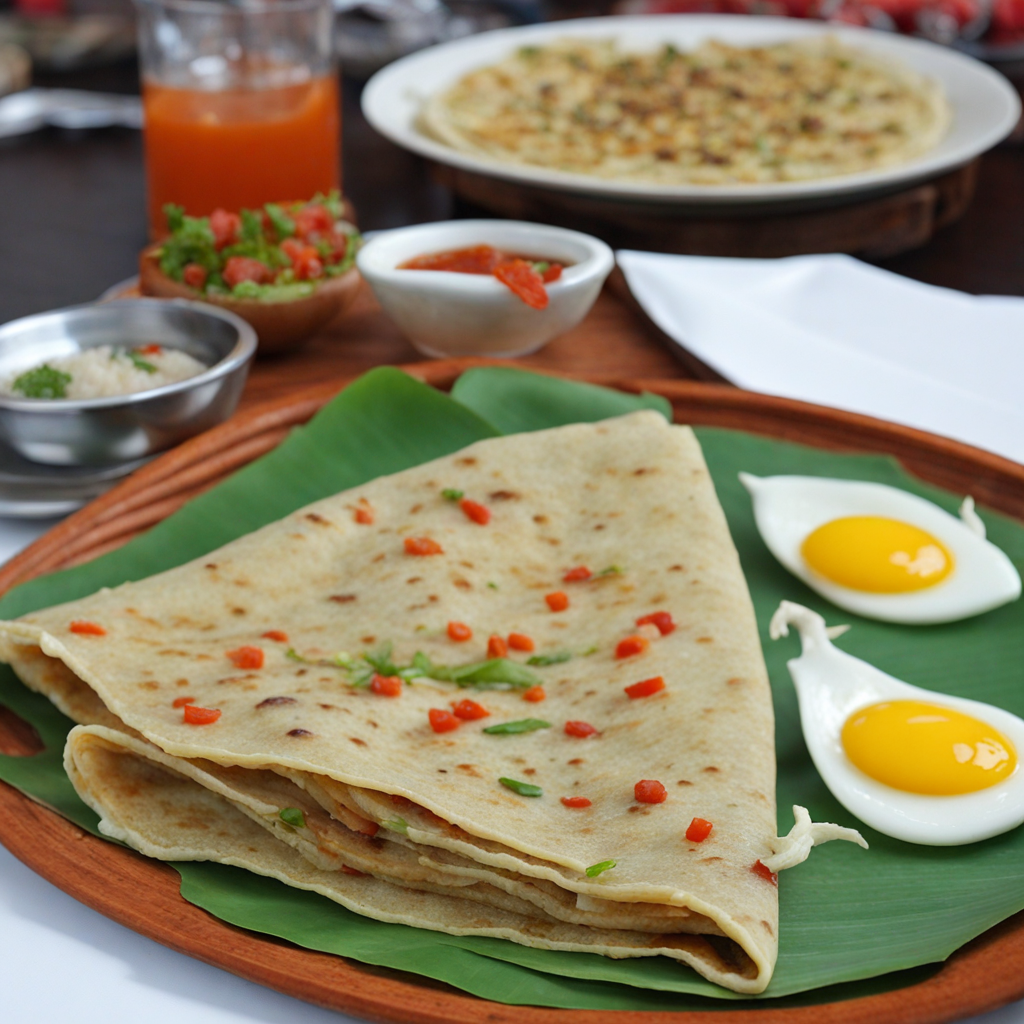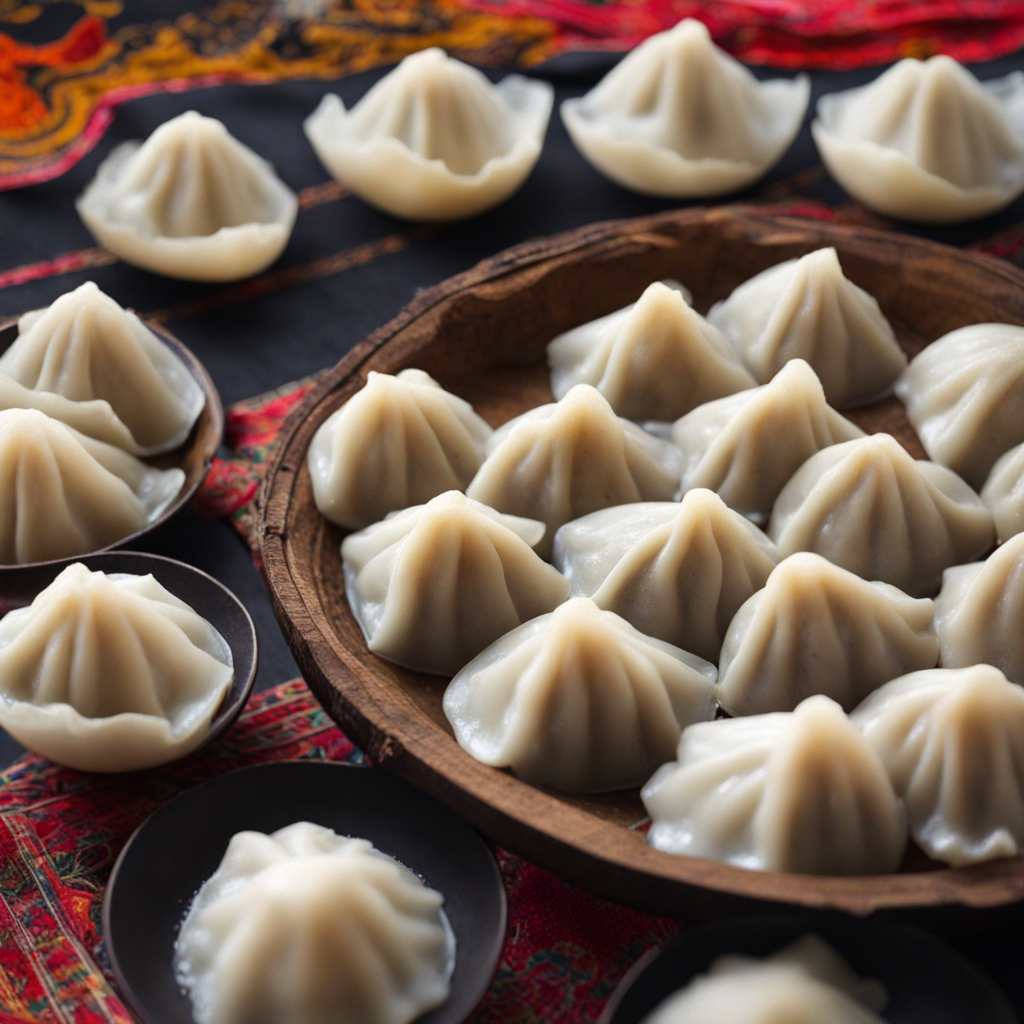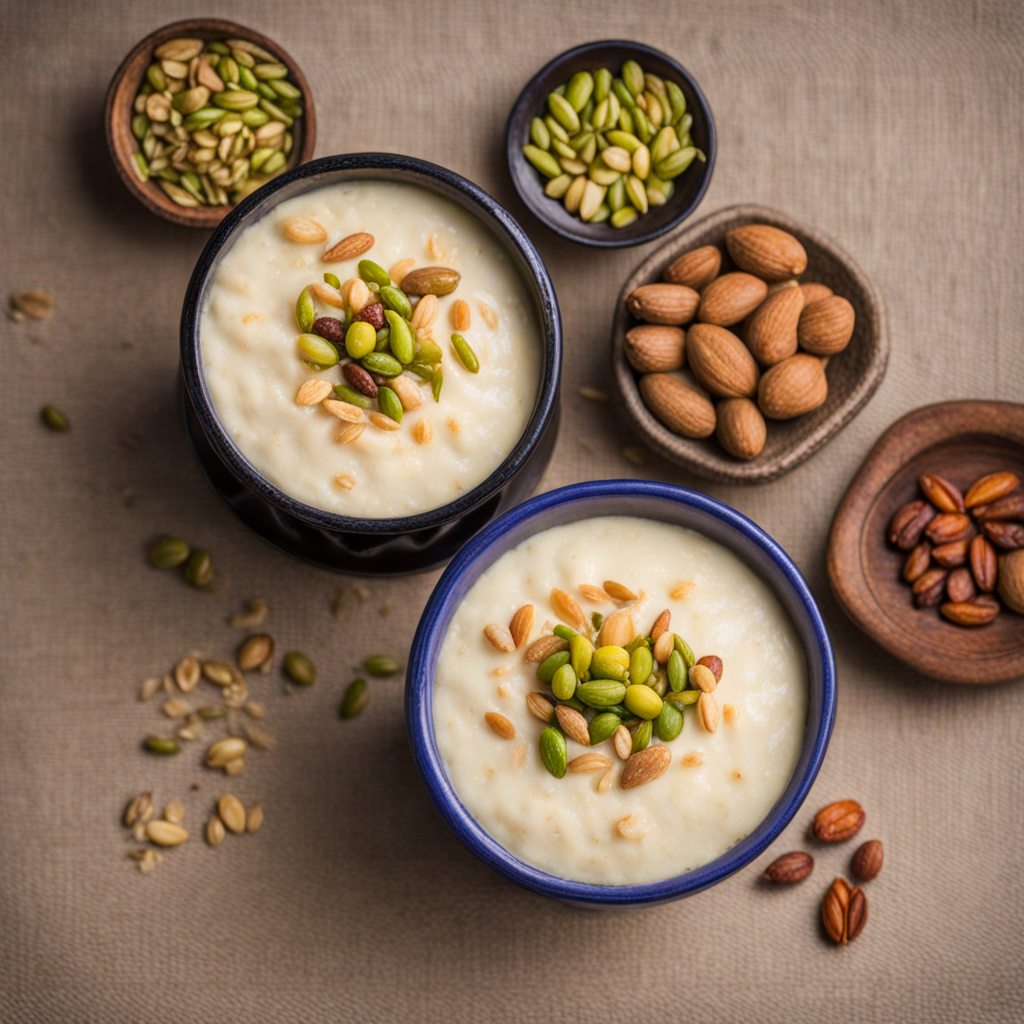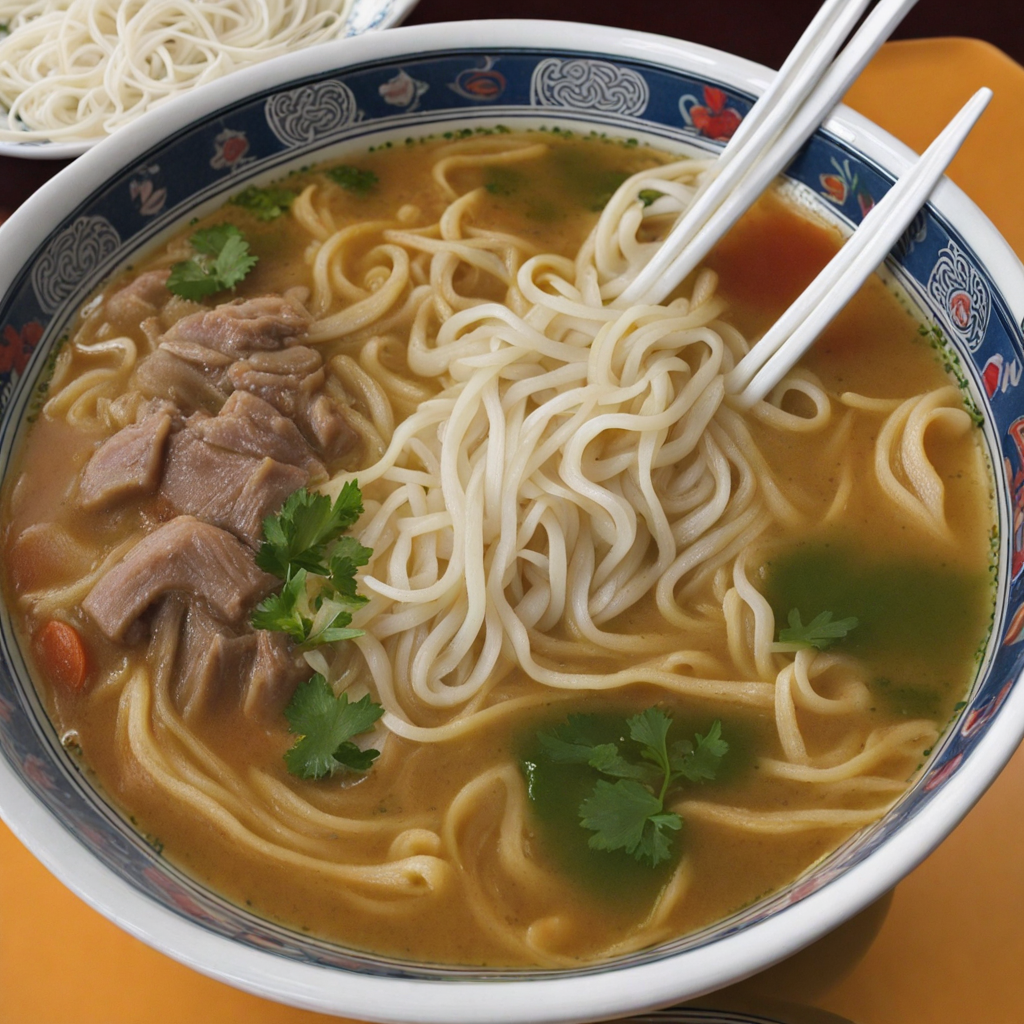Chatamari
Chatamari, often referred to as "Nepali Pizza," is a delightful traditional dish hailing from the Newar community of Nepal. This unique culinary creation is made from rice flour, which forms a thin, crepe-like base that is gently cooked on a flat pan. The texture is soft yet slightly crispy on the edges, providing a perfect foundation for the array of toppings that follow. The base is often seasoned with a hint of turmeric, lending it a beautiful golden hue that enhances its visual appeal. What sets Chatamari apart is the variety of toppings that can adorn its surface. The most common toppings include minced meat, typically chicken, buffalo, or pork, mixed with a blend of fragrant spices, onions, and sometimes even eggs. Vegetarians can delight in versions topped with an assortment of fresh vegetables, herbs, and cheeses, making it a versatile dish that caters to different palates. As it cooks, the aromas of the spices mingle, creating an irresistible scent that beckons diners to indulge. Served hot, Chatamari is often accompanied by traditional condiments like achar (a spicy pickle) and a side of fresh salad, adding layers of flavor and texture. The combination of the slightly chewy base with the savory toppings creates a harmonious balance that is both satisfying and exciting for the taste buds. Whether enjoyed as a snack, appetizer, or main dish, Chatamari invites food lovers to explore the rich culinary heritage of Nepal and discover a new favorite.
How It Became This Dish
The Culinary Tale of चतामरी: A Flavorful Legacy from Nepal Nestled in the heart of the Himalayas, Nepal is a country rich in cultural diversity, breathtaking landscapes, and an array of culinary delights. Among its unique gastronomic offerings is चतामरी (Chatamari), a traditional dish often referred to as "Nepalese pizza." While it may share a semblance with the Italian classic, its origins, preparation, and cultural significance tell a different story, one deeply intertwined with the Newar community of the Kathmandu Valley. Origins and Historical Context The roots of चतामरी can be traced back to the Newar community, one of the oldest ethnic groups in Nepal, whose history dates back over a thousand years. The Newars are known for their vibrant culture, which thrives in the Kathmandu Valley, characterized by unique festivals, rituals, and an exquisite culinary tradition that has evolved over centuries. Chata, meaning 'to spread' in Newari, and mari, meaning 'to cook,' together form the word चतामरी. The dish is traditionally made from a base of rice flour mixed with water to create a smooth batter, which is then spread thinly on a hot griddle. It is often garnished with various toppings, including minced meat, vegetables, eggs, and spices, making it a versatile dish that can cater to different tastes and dietary preferences. Historically, चतामरी emerged as a popular dish during festivals and special occasions within the Newar community. It was often prepared during celebrations such as weddings, religious ceremonies, and community feasts, symbolizing hospitality and abundance. The communal aspect of preparing and sharing चतामरी reflects the values of unity and togetherness that are integral to Newar culture. Cultural Significance Chataamari holds a special place in the social fabric of the Newar community. It is more than just a dish; it is a symbol of identity, heritage, and tradition. The process of making चतामरी is typically a communal effort, with families gathering together to prepare the ingredients, cook, and share the meal. This practice reinforces familial bonds and fosters a sense of belonging within the community. During significant festivals such as Indra Jatra, a celebration dedicated to the god Indra, चतामरी becomes a feast for the eyes and the palate. Street vendors set up stalls to serve this beloved dish to locals and tourists alike, showcasing its popularity beyond the Newar community. The vibrant colors and aromas of freshly made चतामरी, topped with an array of ingredients, create an inviting atmosphere that draws people in, fostering cultural exchange and appreciation. Moreover, चतामरी is a dish that encapsulates the Newar philosophy of food as art. The careful preparation, presentation, and variety of toppings transform a simple rice flour base into a culinary canvas. Each family often has its own secret recipe or style of preparing चतामरी, adding to the richness of the dish's cultural narrative. Development Over Time As Nepal underwent significant changes throughout the 20th and 21st centuries, so too did the culinary landscape. The introduction of new ingredients, cooking techniques, and globalization began to influence traditional dishes, including चतामरी. While the basic preparation remains rooted in Newar tradition, contemporary interpretations have emerged. With the rise of urbanization and the migration of Newars to different parts of Nepal and abroad, चतामरी has found its way into various culinary settings. Restaurants in major cities like Kathmandu have started to feature it on their menus, catering to a broader audience and adapting to modern tastes. Variations of चतामरी now include vegetarian options, fusion styles incorporating international flavors, and creative toppings that appeal to a younger generation of food enthusiasts. The global food movement has also played a role in popularizing चतामरी beyond Nepal's borders. Food festivals, cultural exhibitions, and social media platforms have allowed people from different backgrounds to discover and appreciate this unique dish. Chefs and food bloggers have embraced चतामरी, showcasing its preparation and history, which has contributed to its growing recognition as a symbol of Nepalese cuisine. Despite these modern adaptations, many Newar families continue to honor traditional methods of making चतामरी. The preservation of age-old recipes and techniques is crucial to maintaining the dish's authenticity. Family gatherings often revolve around preparing चतामरी, ensuring that the cultural significance of the dish is passed down through generations. The Future of चतामरी As the world becomes increasingly interconnected, the culinary heritage of Nepal, embodied by dishes like चतामरी, stands at a crossroads. The balance between tradition and innovation is essential to sustaining its legacy. While contemporary interpretations may evolve, the core values of community, hospitality, and celebration that चतामरी represents remain paramount. The ongoing challenges of globalization, urbanization, and changing dietary preferences compel the Newar community to adapt while preserving their culinary identity. Future generations are encouraged to continue exploring the rich tapestry of flavors and techniques that define चतामari, ensuring that this cherished dish remains relevant and celebrated. In conclusion, चतामरी is not merely a dish; it is a celebration of culture, history, and community. Its journey from the kitchens of the Newar community to the plates of food lovers around the world is a testament to the enduring power of culinary traditions. As it continues to evolve, चतामरी will undoubtedly remain a flavorful legacy of Nepal, inviting all to savor its rich history and the stories that accompany each bite.
You may like
Discover local flavors from Nepal







